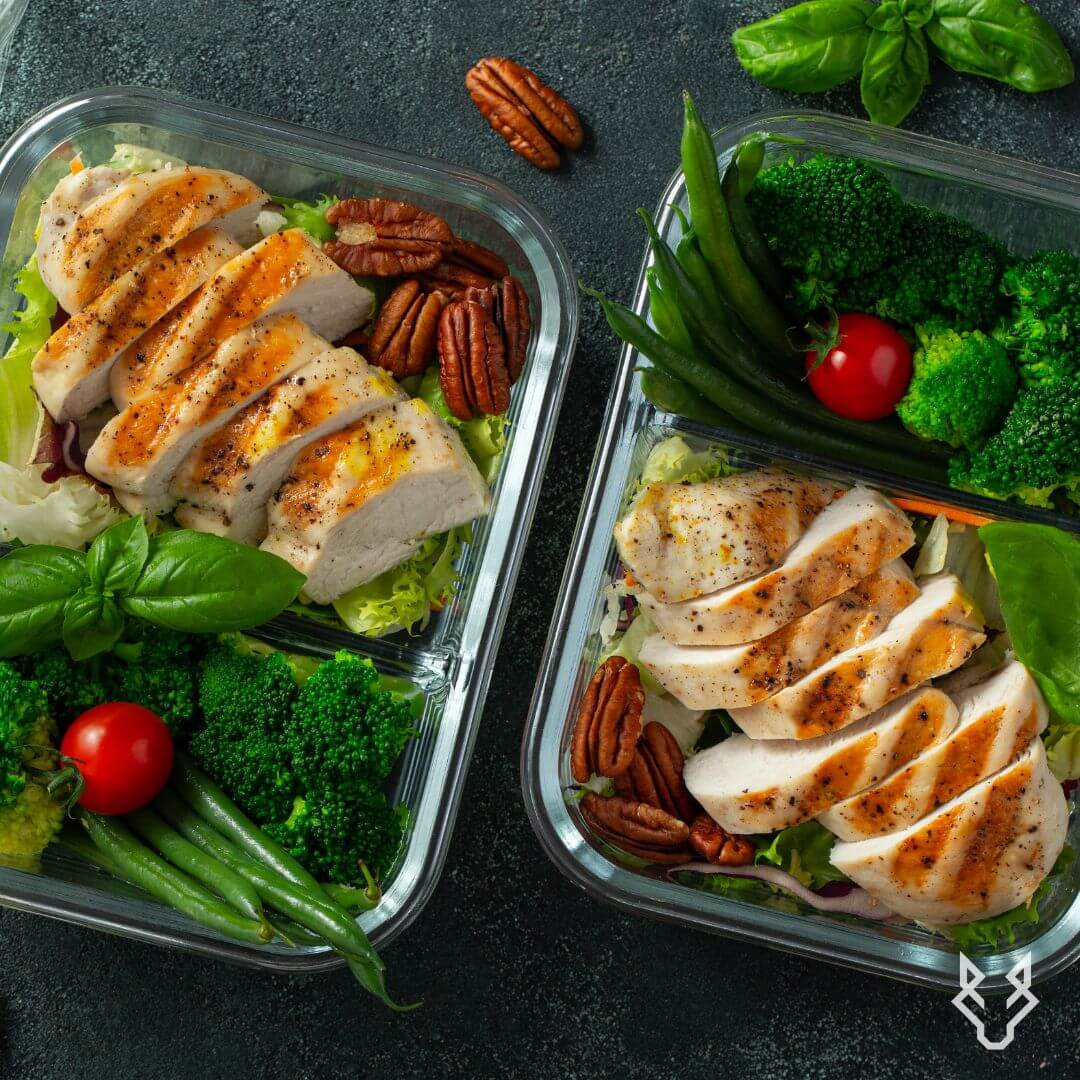Introduction:
Starting your meal prep journey can seem daunting, but it doesn’t have to be. With a little planning and some practical tips, you can streamline your meal preparation process, save time, and ensure you have nutritious meals ready to go. This article will guide you through the basics of meal prepping, sharing tried-and-tested strategies that make it easy and sustainable. From planning your meals to storing them properly, you’ll learn how to turn meal prep into a stress-free and rewarding habit.
Start with a Plan:
The first step in meal prepping is to have a clear plan. Decide what meals you want to prepare for the week ahead. Consider your schedule, dietary preferences, and any specific nutritional goals. Make a list of recipes you want to try and create a shopping list based on those recipes. Planning ahead not only saves time but also ensures you have all the ingredients you need.
Choose Simple Recipes:
When starting out, stick to simple recipes that don’t require too many ingredients or complicated steps. Think about meals that are easy to cook in bulk, such as stir-fries, pasta dishes, or grain bowls. Rotating a few core recipes can keep things manageable and prevent you from feeling overwhelmed.
Batch Cooking is Your Friend:
Batch cooking is the cornerstone of effective meal prep. Dedicate a couple of hours on a weekend or your day off to cook large quantities of your chosen meals. This way, you can divide them into portions and store them for the week. Not only does this save time, but it also reduces the daily stress of figuring out what to eat.
Invest in Good Containers:
Quality food storage containers are essential for meal prep. Opt for containers that are microwave-safe, leak-proof, and come in various sizes. Glass containers are a great option as they are durable and don’t absorb food odours. Having a variety of containers will help you store different types of meals and snacks efficiently.
Utilise Your Freezer:
Don’t be afraid to use your freezer for meal prep. Freezing meals can extend their shelf life and give you more variety throughout the week. Soups, stews, and casseroles freeze particularly well. Make sure to label your containers with the date and contents to avoid any confusion later.
Incorporate Fresh and Prepared Foods:
Balance your meal prep by incorporating both freshly cooked and pre-prepared foods. Fresh vegetables, fruits, and salads can complement your batch-cooked meals, adding variety and nutrition. Additionally, having some ready-to-eat snacks like cut-up veggies, hummus, or yogurt can make your meal prep feel more comprehensive and less monotonous.
Conclusion:
Embarking on a meal prep journey doesn’t have to be complicated. By starting with a clear plan, choosing simple recipes, and dedicating time to batch cooking, you can make meal prepping an easy and enjoyable part of your routine. Invest in good storage containers, make use of your freezer, and balance fresh and prepared foods to keep your meals exciting and nutritious. With these strategies, you’ll find that meal prep not only saves time but also supports your health and fitness goals.
TL;DR: Meal prepping is easy with a clear plan, simple recipes, and batch cooking. Invest in good containers, use your freezer, and balance fresh and prepared foods for nutritious and convenient meals.



